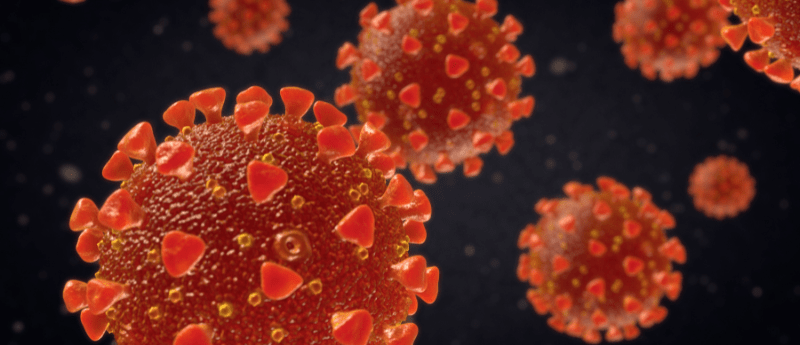Improving access to cell and gene therapies with a point-of-care approach

 Nirav Shah is an Associate Professor of Medicine at the Medical College of Wisconsin (WI, USA). Nirav’s clinical interest in lymphoma and cell therapy guides his research developing new cell therapies for patients to treat their relapsed/refractory lymphoma. An early adopter of decentralized manufacturing approaches, Nirav’s program has been sponsoring trials using a point-of-care approach for the last 6 years.
Nirav Shah is an Associate Professor of Medicine at the Medical College of Wisconsin (WI, USA). Nirav’s clinical interest in lymphoma and cell therapy guides his research developing new cell therapies for patients to treat their relapsed/refractory lymphoma. An early adopter of decentralized manufacturing approaches, Nirav’s program has been sponsoring trials using a point-of-care approach for the last 6 years.
We caught up with Nirav at Advanced Therapies Week 2024 (16–19 January; Miami, Florida) where he discussed how decentralized manufacturing is situated in the landscape of cell and gene therapy production, the challenges facing these methods and ways that these may be overcome, as well as the next steps to elevate the technology.
How do you see decentralized manufacturing impacting the field of cell and gene therapy?
Central manufacturing has been great, it has brought new therapies to patients. However, from an accessibility standpoint — specifically to rural areas and globally — I do not see a centralized approach with a few hubs being able to deliver products to people that need these therapies.
Point-of-care manufacturing, which is at the extreme of the decentralized approach, gives us certain advantages: flexibility, manufacturing control and the ability to make the product for the patient at the time that they need it. It also gives innovation opportunities because when you are able to manufacture on-site, you can manipulate your manufacturing process again in the context of a clinical trial to learn more about it. I think that to truly deliver these products, we either need to get to point-of-care or decentralized manufacturing.
I think we need more than one model. Some institutions will embrace a centralized model, some will do a point-of-care model and some might be regional hubs, a different form of decentralized manufacturing but more localized than the current model.
What are the biggest challenges limiting the uptake of decentralized manufacturing?
A significant challenge is reproducibility. In a decentralized approach, you have to show that institution A, hub B and all these different components are able to produce a similar product that meets certain specifications or criteria so that it can be delivered safely into a patient.
That is very challenging to ensure with something as complex as cell and gene therapies. To decentralize their production but also show that the resulting product is reproducible from every single site is a real challenge and is not something a central manufacturing approach has to deal with.
What needs to be done to overcome those challenges?
Automation is key. We have seen advances in the automation of technology for the manipulation of CAR-T cells, such as the CliniMACS Prodigy system. These automated devices basically take away all the open steps in the manual methodology allowing you to ensure that products are all produced identically. Automating your process will help make these therapies more conceivable.
Some hospitals will have the capacity and obviously, have their own clean rooms, and some might purchase a mobile clean room and outsource for personnel who are able to manufacture these products. You are going to see these different models develop for different institutions and it is going to be like a spider web, but the ultimate goal will be to deliver care to patients.
How does our industry need to work with healthcare professionals to ensure decentralized manufacturing is possible?
You need more partnerships and communication because I think what industry does not always see is the patient side of things, which is incredibly important in how we deliver care. Even though we have CAR-T therapies accessible in the United States, not all of our patients want them because there are logistical reasons, complexities in care, caregiver support and social systems. I think good partnerships and understanding what the patient’s needs are, what the hospital’s needs are and how industry can help deliver those are key to adapting the technology.
The opinions expressed in this interview are those of the author and do not necessarily reflect the views of RegMedNet or Taylor & Francis Group.